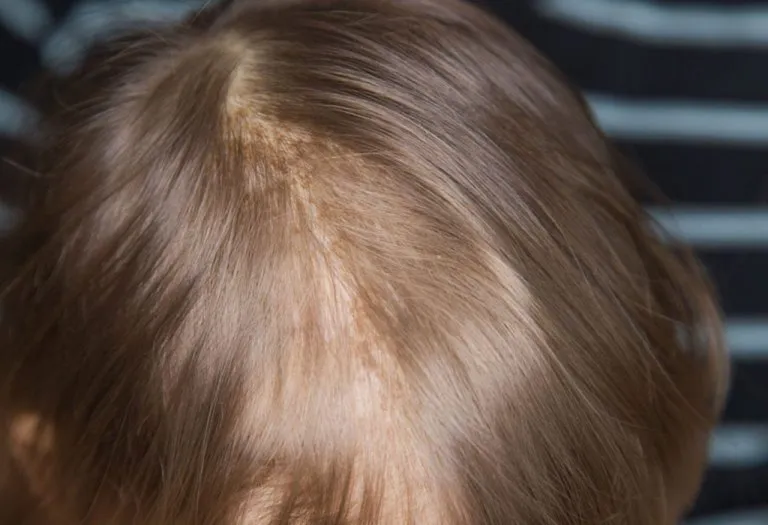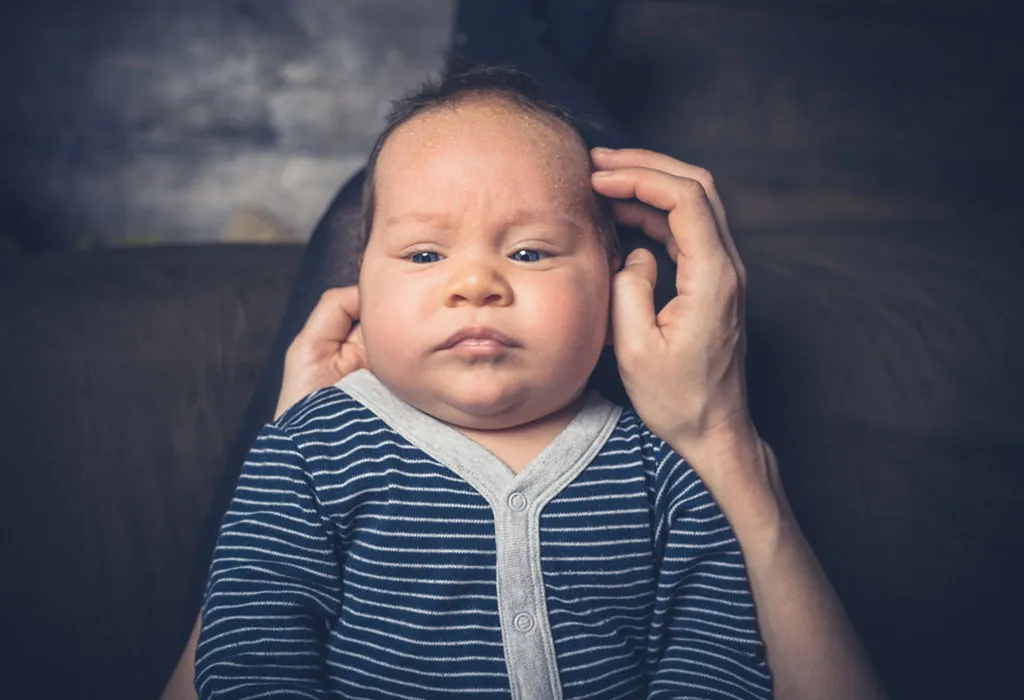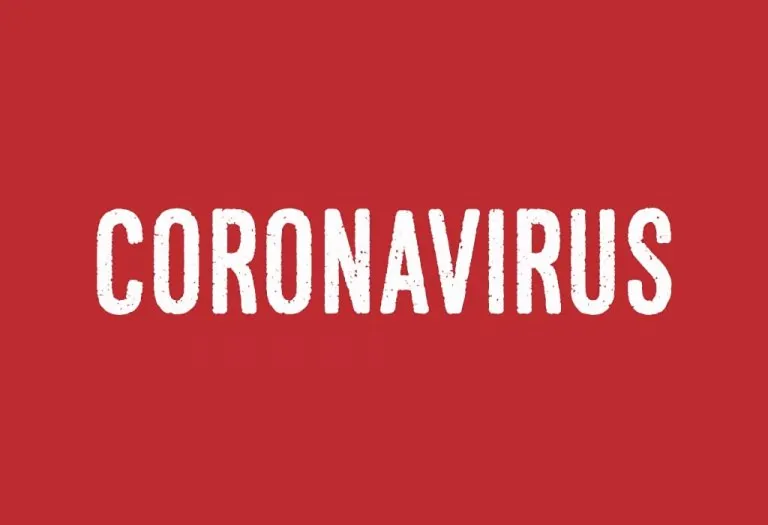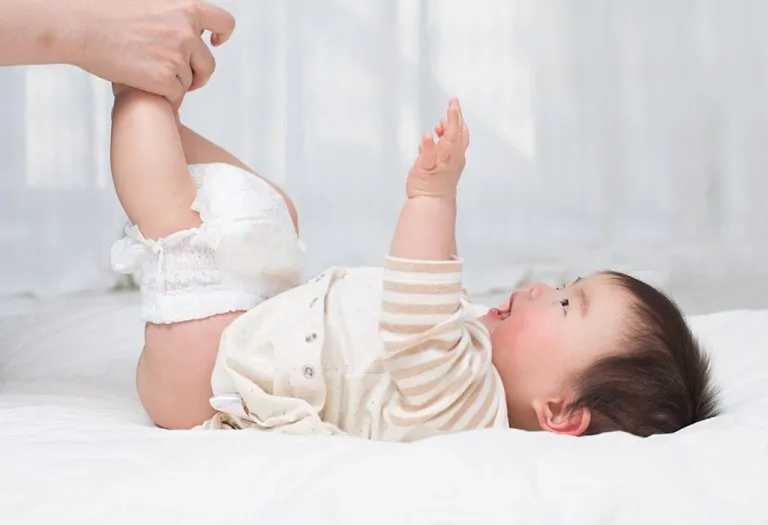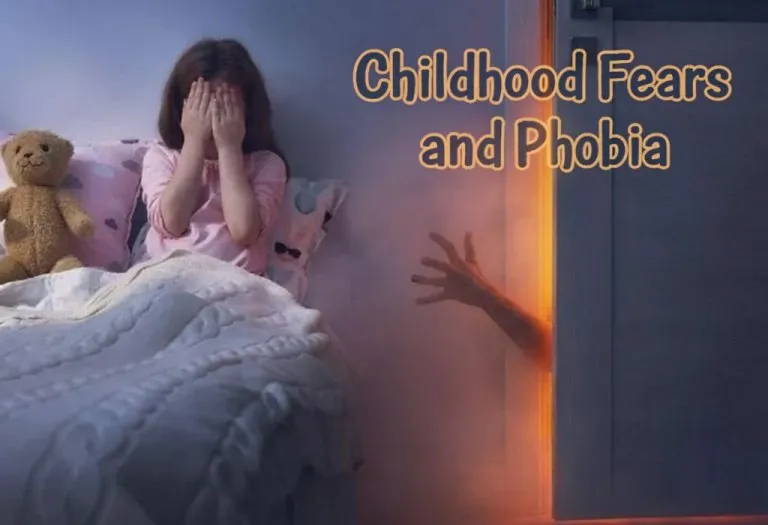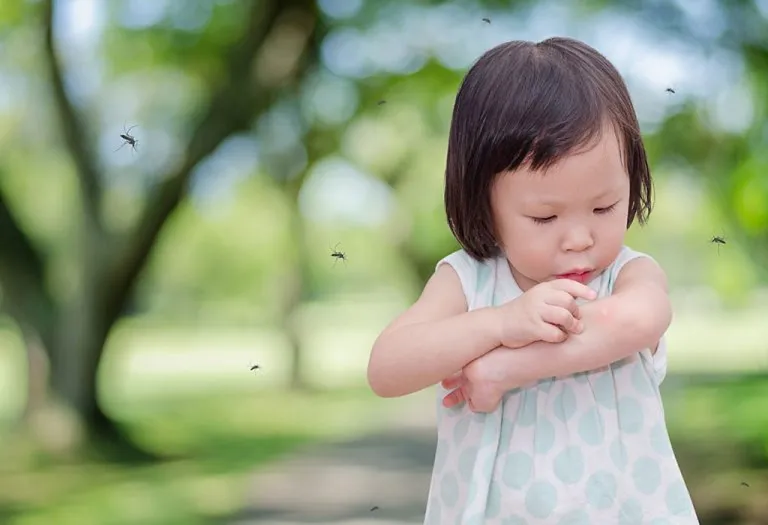Cradle Cap: Causes, Symptoms, and Treatments

If your baby seems to be suffering from a bad case of dandruff, it is likely that she is suffering from a condition known as cradle cap. This condition is common and treatable, and knowing how to identify it quickly will help combat it with more ease. Cradle cap, also known as seborrheic dermatitis in babies, appears as yellowish, greasy patches on the scalp and sometimes affects other areas such as the face, neck, and diaper area. While it might look concerning, cradle cap is usually harmless. It is believed to be caused by an overproduction of oil in the skin. Here is everything you need to know about cradle cap in babies, including their symptoms, causes, and effective treatment methods.
What Is Cradle Cap?
Also known as infantile seborrheic dermatitis, cradle cap is a skin condition that affects infants. It starts on the scalp and can spread to other parts of the body. It is an inflammatory skin condition that is characterised by red bumps that are smaller than infant acne and progresses to form yellow, crusty skin that flakes when touched. Baby cradle cap usually affects infants within the first three months of their lives and can continue to progress for the first year.
Is Cradle Cap Contagious?
The simple answer is no. The skin condition is not contagious and is harmless, if unsightly. It will not cause any form of distress to your baby, including itching.
Causes of Cradle Cap in Infants
Why do babies get cradle cap? While no specific reason has been pinpointed towards the manifestation of cradle cap, there can be several underlying causes that trigger this condition.
1. Sebaceous glands
Excessive production of sebum by the sebaceous glands can cause cradle cap in newborns. Sebum keeps the skin smooth and supple. However, if the glands are clogged for whatever reason, they go into an overdrive state with the intent of unblocking themselves. This causes yellowish crusts on the scalp.
2. Heat and humidity
If your child is exposed to damp heat, as in places that have high humidity during summer, then this could cause cradle cap. The heat will dry out the sebaceous glands, causing them to overwork. Due to the dampness, your baby could also suffer from diaper rash.
3. Fungal infection
A fungal infection, such as the Malassezia fungus that affects the sebaceous glands could cause cradle cap.
4. Vitamin deficiency
A significant deficiency of Biotin, one of the B12 vitamins, could cause cradle cap in your baby.
Lack of specific enzymes that convert essential fatty acids has also been linked to the manifestation of cradle cap.
5. Other Causes
Over washing your child’s head will result in the drying out of the sebaceous glands. Some shampoo products could also be too harsh for your baby’s delicate skin.
Common Symptoms of Cradle Cap
There are a few signs you can keep a look out for when it comes to a skin condition like Cradle Cap.
- Yellowish or brown scales on the scalp, shoulders, and on the neck region.
- Excessively oily skin.
- Whitish skin that flakes when touched.
- A dry scalp with raised red bumps
How Long Does Cradle Cap Last?
The good news about Cradle Cap is that it will disappear on its own. While it usually manifests in the first three months of your baby’s life, it should disappear by the 8th to 12th month. However, there have been cases where Cradle Cap has reoccurred in patches during the later years.
Diagnosis of Cradle Cap
Diagnosing cradle cap is generally straightforward and can often be done by simply observing the symptoms. Healthcare providers typically identify cradle cap by examining the characteristic yellowish, greasy, or scaly patches on the baby’s scalp. These patches may also appear on other parts of the body, such as the face, neck, or diaper area, but they are most commonly found on the head.
In most cases, no specific tests are needed to diagnose cradle cap. A doctor can usually make a diagnosis based on the appearance of the affected areas during a physical examination. However, if the condition is severe or doesn’t respond to standard treatments, the healthcare provider might consider other potential causes, such as fungal infections or eczema, and recommend further testing or evaluation.
Cradle Cap Treatment
How to get rid of cradle cap? There are certain remedies that you could try to alleviate the occurrence of Cradle Cap on your baby.
- Air conditioning can dry out your baby’s sensitive skin. If you live in a region that does not allow you to switch off the air conditioning, then use a humidifier on a low setting to help your baby’s skin retain moisture.
- Massage your baby’s scalp and use a gentle brush with soft bristle made especially for babies to brush the scalp daily.
- An important method to cure cradle cap is oil treatment. While this may seem counter-intuitive, the oil will help restore balance to your baby’s skin, while nourishing and moisturising the same.
- Use a shampoo that is formulated especially for babies. Read through the ingredients list and make sure there is nothing in there that causes an allergy.
- Use a mild moisturiser for the scalp after shampooing. Talk to your doctor about which brand is the safest for your child’s skin.
- Sometimes, even the formula that you feed your baby could cause Cradle Cap. Consult your doctor regarding the same and switch to a brand that suits your baby better.
- Make a paste with equal parts of water and baking soda, and apply generously to the affected area. Let this paste sit for a while before washing off with water. This method has proven to be particularly efficient in cradle cap removal.
How to Prevent Cradle Cap in Babies
While is it impossible to remove the chances of the occurrence of cradle cap entirely, there are specific steps you may take to reduce the incidence.
- Brush your baby’s scalp with a soft brush on a daily basis.
- Keep your baby’s scalp dry and clean.
- If oil your baby’s scalp, then make sure to wash it off with a gentle baby-formula shampoo.
- Try to maintain ideal temperature and humidity conditions for the baby.
Word of Caution
Under no circumstance must you try to peel away the yellow scales on your baby’s scalp. Doing so could result in the skin peeling, causing bleeding. Once the scalp clears up, you must ensure that you take extra care with cleaning and maintaining the health of your baby’s scalp for a few months.
If any lesions do occur on your baby’s skin, make sure to clean them daily to prevent any fungal or bacterial growth.
Tips for Breastfeeding Mothers
If you are choosing to breastfeed your child, then you can follow the below tips to tackle the occurrence of cradle cap on your baby.
- Do not eat excessive amounts of sugar. The sugar can increase the rate of growth of fungus and bacteria in your baby.
- Studies have shown that if the mother consumes foods that are known to cause allergies, then these can pass on to the baby and cause allergies too. Hence, it is best to avoid common allergenic foods like milk, eggs, and gluten.
- Cut down on saturated animal fats like red meat and chicken. Instead, stick to fish for your protein intake. You must consult your doctor further on this issue.
- Lactobacillus acidophilus is a germ bacterium that is known to fight cradle cap. You can consult your doctor and have a capsule of the same daily.
- Stick to a diet that is not rich or spicy. This will help combat the cradle cap afflicting your baby.
- Maintain good hygiene while breastfeeding
When Should You Consult a Doctor?
There are some instances of Cradle Cap where it is best to seek immediate medical advice. A severe attack of cradle cap can cause the skin to crack and bleed. This could also be an indication of a weak immune system. If a case of Cradle Cap occurs in conjunction with prolonged diarrhoea, then you must consult your paediatrician.
The cradle cap symptoms could also spread to other parts of your baby’s body. If your baby seems to be having a fungal infection that is persistent and does not go away with antibiotics, then you must not hesitate in seeking help from an experienced paediatrician.
FAQs
1. Can cradle cap affect areas other than the scalp?
Yes, while cradle cap is most commonly found on the scalp, it can also affect other areas of the body. This condition, known as seborrheic dermatitis, may appear on the eyebrows, behind the ears, on the neck, or in skin folds such as the armpits and diaper area. The patches in these areas may look similar to those on the scalp and are generally not itchy or uncomfortable for the baby.
2. Is cradle cap related to allergies or poor hygiene?
Cradle cap is not related to allergies or poor hygiene. It is believed to be caused by an overproduction of oil (sebum) in the skin due to maternal hormones still circulating in the baby’s body after birth. This excess oil can lead to the buildup of skin cells, which form the characteristic yellowish, scaly patches. Regular gentle washing of the affected areas can help manage the condition but does not prevent it from occurring.
While cradle cap is not a harmful condition and disappears on its own, you must keep a close check on the same. If notice any other signs of illness, then it is best to consult your doctor right away.
References/Resources:
1. Cradle Cap; Cleveland Clinic; https://my.clevelandclinic.org/health/diseases/15786-cradle-cap-seborrheic-dermatitis-in-infants
2. Cradle Cap (Seborrheic Dermatitis) in Infants; Nemours Kids Health; https://kidshealth.org/en/parents/cradle-cap.html
3. Cradle Cap; Mayo Clinic; https://www.mayoclinic.org/diseases-conditions/cradle-cap/symptoms-causes/syc-20350396
4. Whats Is Cradle Cap; American Academy of Pediatrics; https://www.healthychildren.org/English/ages-stages/baby/bathing-skin-care/Pages/Cradle-Cap.aspx
5. Cradle Cap; NHS; https://www.nhs.uk/conditions/cradle-cap/
6. Self-care Information: Cradle Cap; NHS; https://www.nottsapc.nhs.uk/media/yfgp4six/cradle_cap_self-care_apc.pdf
7. Schwartz. R, Janusz. C, Janniger. C; Seborrheic Dermatitis: An Overview; American Family Physician; https://www.aafp.org/pubs/afp/issues/2006/0701/p125.html; July 2006
Also Read:
Baby Hair Loss
Soft Spot on a Baby’s Head
Common Baby Problems and Diseases
Natural Remedies to Treat Cradle Cap in Infants
Infant Head Shape: What’s Normal and What’s Not?
Was This Article Helpful?
Parenting is a huge responsibility, for you as a caregiver, but also for us as a parenting content platform. We understand that and take our responsibility of creating credible content seriously. FirstCry Parenting articles are written and published only after extensive research using factually sound references to deliver quality content that is accurate, validated by experts, and completely reliable. To understand how we go about creating content that is credible, read our editorial policy here.






